31 Concept Cars That Flopped In Production
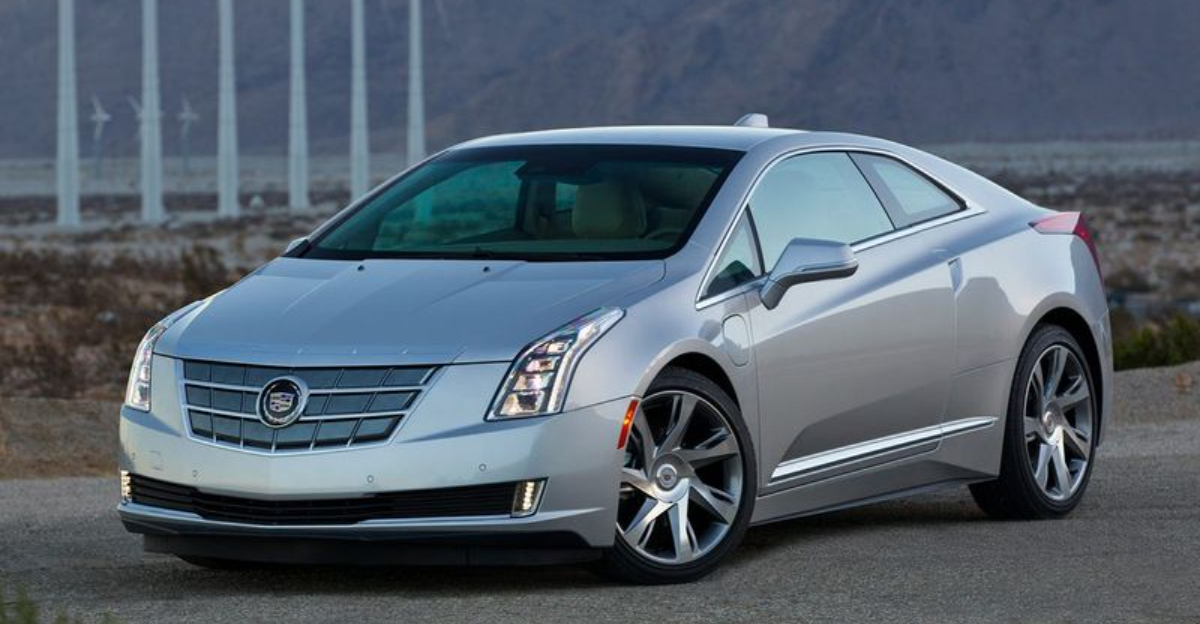
Concept cars always promise a future filled with wild designs and mind-blowing tech, but reality has a way of bringing things back down to earth.
I remember drooling over the photos of a futuristic sports car that looked like it came straight out of a sci-fi movie.
When the production version finally rolled into dealerships, it had lost the scissor doors, the sleek lines, and somehow even the cool headlights.
It looked less like the car of tomorrow and more like a budget rental. Sometimes, what dazzles on the auto show floor just cannot survive the real world.
1. Pontiac Aztek: The Breaking Bad Mobile

Nothing screams “early 2000s design disaster” quite like the Pontiac Aztek. The concept promised a bold adventure vehicle, but what rolled onto lots in 2001 looked like a minivan had an unfortunate collision with an SUV.
Despite its cult following (thanks Walter White!), the Aztek’s awkward proportions and plastic-heavy design made it an instant punchline.
GM expected to sell 75,000 units annually but barely moved 27,000 in its best year.
2. DeLorean DMC-12: Time-Traveling Tragedy
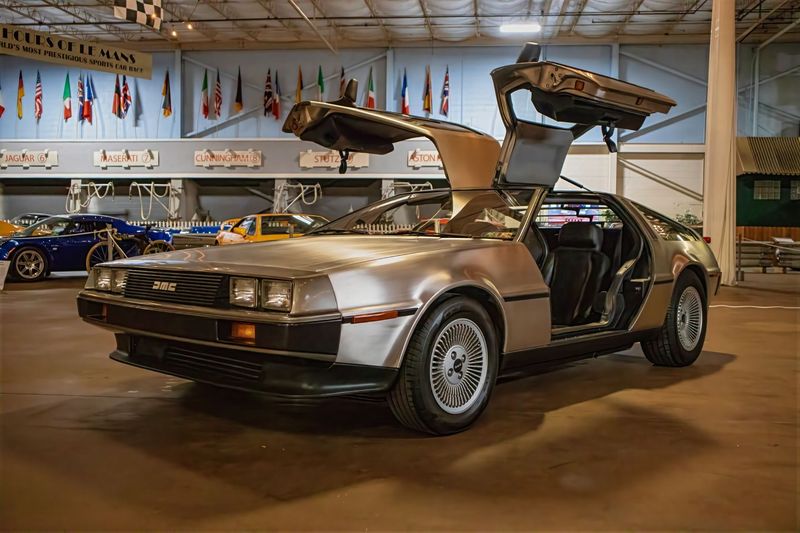
Stainless steel dreams crashed harder than Doc Brown without plutonium. The DeLorean DMC-12 captivated imaginations with its gull-wing doors and brushed stainless steel body, but production reality hit like a ton of bricks.
Underpowered and overpriced, the DMC-12 struggled to reach 88 mph without a flux capacitor.
Fewer than 9,000 were built before the company imploded amid scandal and financial ruin, cementing the car’s legacy as a beautiful failure rather than the future of transportation.
3. Chrysler PT Cruiser Convertible: Retro Gone Wrong
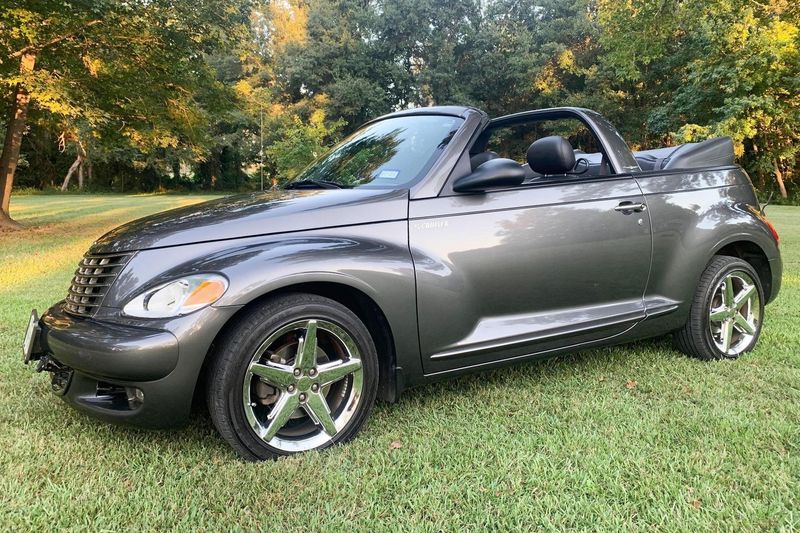
Chopping the roof off a questionable design rarely improves matters.
The PT Cruiser Convertible took Chrysler’s already divisive retro-mobile and transformed it into something truly perplexing – a convertible that looked awkward with the top up or down.
Launched in 2005 when the PT’s novelty had already worn thin, this drop-top oddity featured a tiny trunk, massive blind spots, and structural integrity that inspired little confidence.
The result? A car that combined the impracticality of a convertible with the stigma of a PT Cruiser.
4. Ford Edsel: The Original Automotive Disaster
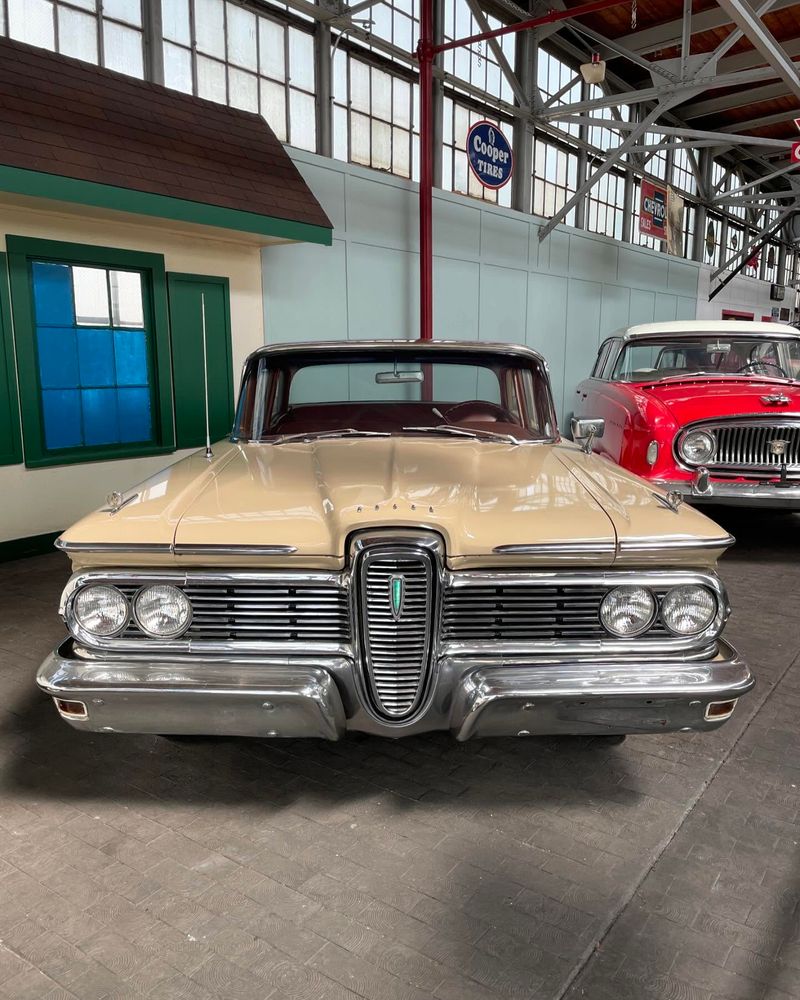
Before there were modern flops, there was the granddaddy of them all. Ford hyped the Edsel for years, creating unprecedented anticipation before its 1958 reveal.
The public’s reaction? A collective “yikes” at its bizarre vertical grille (often compared to a toilet seat).
Marketing promised revolutionary features but delivered mediocrity at premium prices during a recession.
Ford lost $350 million (over $3 billion today) on the Edsel adventure, making it the textbook case of automotive hubris. The name “Edsel” literally became synonymous with “spectacular failure.”
5. Cadillac Cimarron: Luxury In Name Only
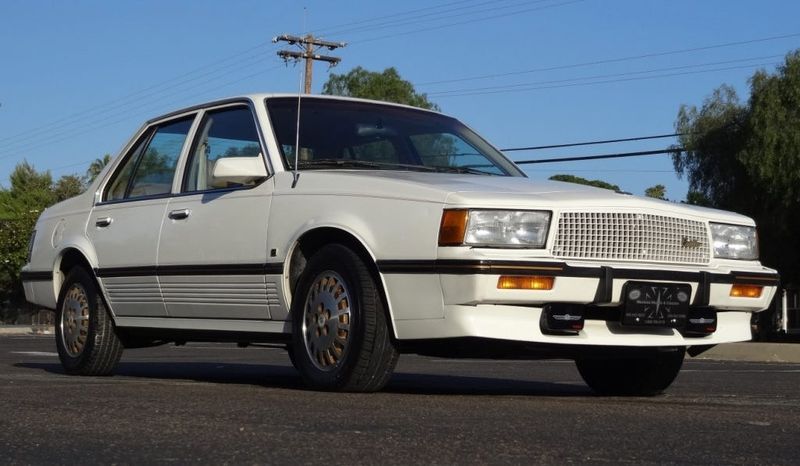
Luxury car buyers aren’t easily fooled, as Cadillac painfully discovered. The Cimarron, launched in 1982, was essentially a Chevrolet Cavalier wearing a tuxedo and demanding a 40% price premium.
Same engine, same chassis, same disappointment. Cadillac’s half-hearted badge engineering fooled nobody, as evidenced by dismal sales figures and damaged brand reputation.
The Cimarron stands as a cautionary tale about cutting corners in the luxury market, where authenticity matters more than fancy badging.
6. Subaru Baja: The Mullet Mobile
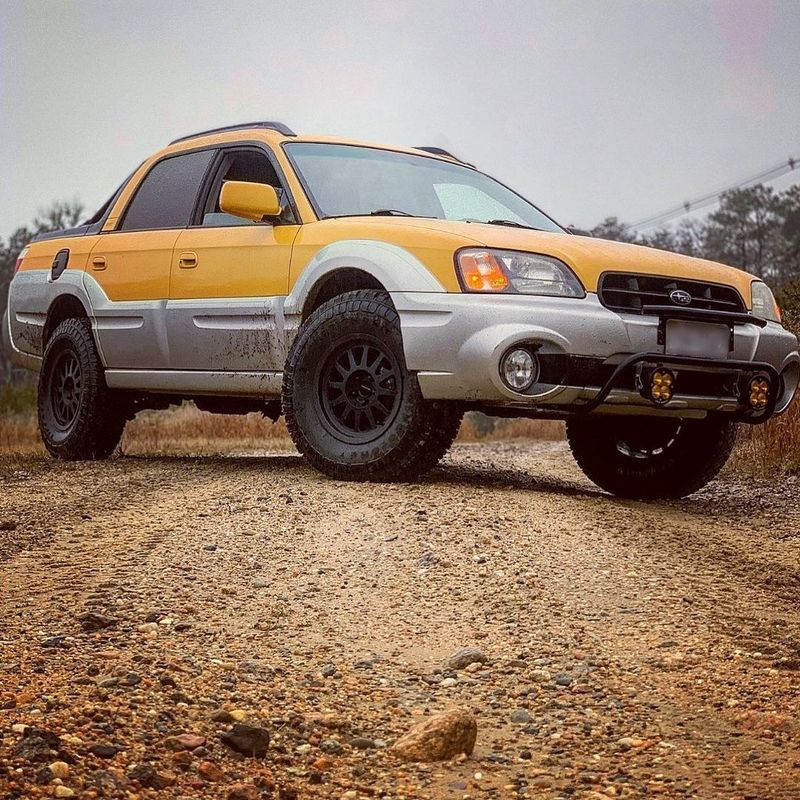
Business in the front, party in the back! The Subaru Baja attempted to resurrect the car-truck hybrid concept with its peculiar half-sedan, half-pickup design.
Based on the Outback wagon, this automotive mullet seemed confused about its own identity.
Launched in 2003, the Baja’s tiny bed proved too small for serious hauling yet too compromising for sedan comfort.
Subaru hoped to sell 24,000 annually but barely moved 30,000 total over four years. Despite a cult following today, the Baja represents a classic case of solving a problem nobody had.
7. Chevrolet SSR: Hot Rod or Hot Mess?
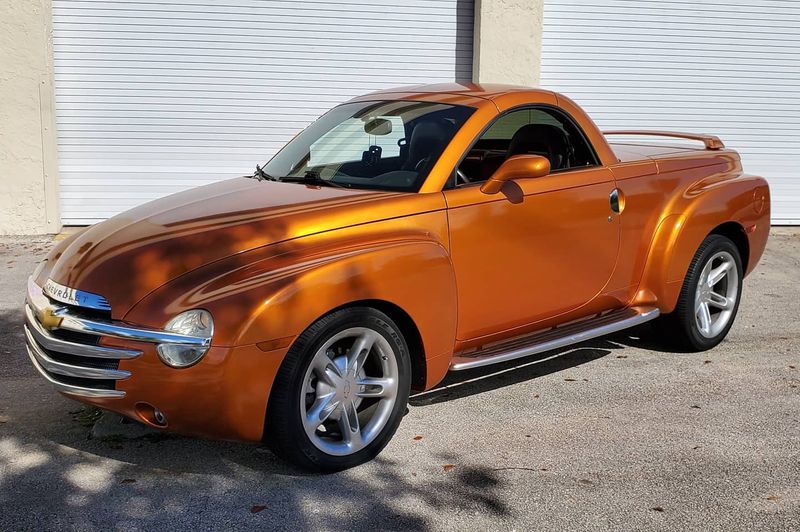
Retro styling meets convertible pickup truck meets… confusion. The Chevrolet SSR (Super Sport Roadster) tried channeling 1950s hot rod aesthetics into a modern convertible pickup, creating something truly bizarre.
Initially underpowered with a 300-hp V8, the SSR weighed nearly 5,000 pounds – heavier than many full-size trucks!
Priced at $42,000 in 2003 (about $66,000 today), buyers faced a tough question: why buy this instead of a Corvette? The answer for most was simple: they didn’t.
8. Fisker Karma: Beautiful Catastrophe
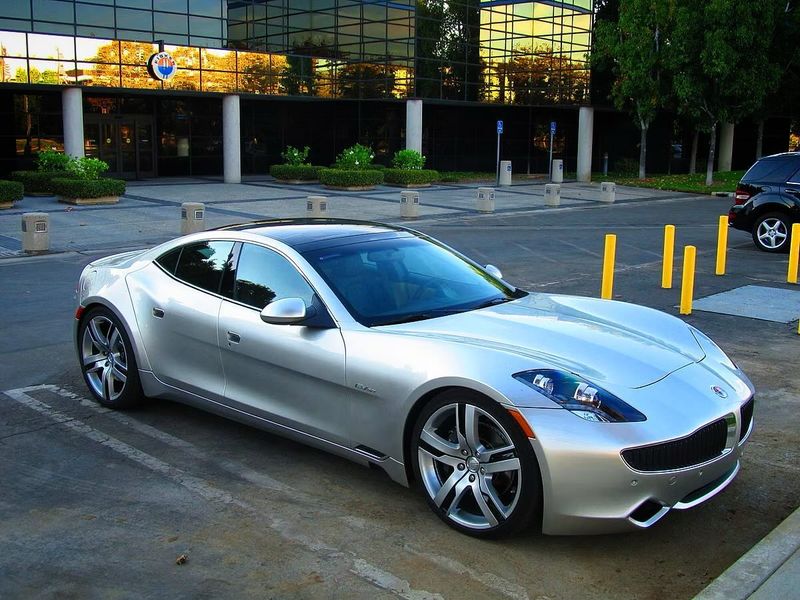
Henrik Fisker designed some of the most beautiful cars ever made, and the Karma was no exception.
This stunning plug-in hybrid luxury sedan promised green credentials wrapped in supermodel looks when it finally launched in 2011.
Reality proved less glamorous. The Karma suffered from reliability issues, battery fires, and bankruptcy of its supplier A123 Systems. Performance disappointed while charging problems frustrated owners.
Fisker collapsed after building fewer than 2,500 Karmas, proving that even gorgeous exteriors can’t mask fundamental engineering challenges.
9. Bricklin SV-1: Canadian Safety Crusader

Malcolm Bricklin had a vision: build the safest sports car ever.
The resulting SV-1 (Safety Vehicle One) featured gull-wing doors, an integrated roll cage, and energy-absorbing bumpers – revolutionary safety features for 1974.
Unfortunately, the fiberglass-bodied SV-1 suffered from poor build quality and doors that often trapped occupants inside. The heavy safety features strangled performance from its anemic AMC engine.
Only 2,854 were built before the company went bankrupt, losing the Canadian government millions in subsidies. Safety first, profitability nowhere.
10. Plymouth Prowler: All Show, No Go
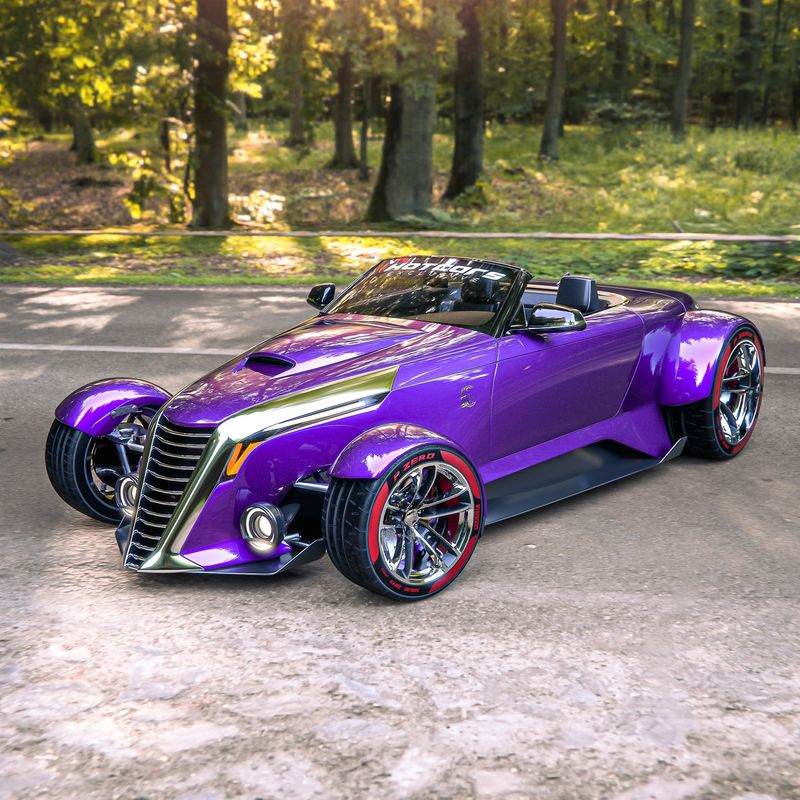
Hot rod aesthetics met economy car performance in this head-turning oddity. The Plymouth Prowler looked like it should be burning rubber at drag strips with its open wheels and aggressive stance, creating expectations its performance couldn’t match.
Power came from a pedestrian V6 engine paired with an automatic transmission – sacrilege to hot rod purists. Worse yet, its tiny trunk could barely hold a weekend bag.
Plymouth built about 11,700 Prowlers between 1997 and 2002, creating what amounts to a factory-built costume – a car dressed as something it fundamentally wasn’t.
11. Lincoln Blackwood: Luxury Pickup Paradox
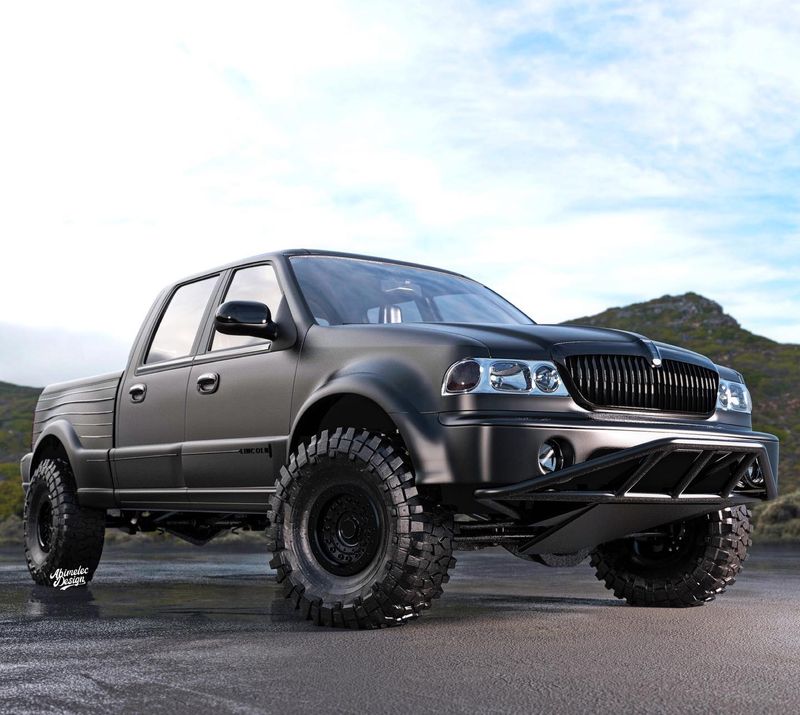
Ford’s attempt to create the ultimate luxury pickup lasted exactly one model year.
The 2002 Lincoln Blackwood featured a Navigator front end married to a short pickup bed with carpeting, a power tonneau cover, and – bizarrely – sides made from fake wood with aluminum pinstripes.
Adding to its uselessness as an actual truck: the bed couldn’t be accessed from the sides, only held 1,200 pounds, and came exclusively with rear-wheel drive.
Lincoln planned to sell 18,000 annually but moved just 3,356 units before pulling the plug. The Blackwood proved that utility vehicles should probably offer some, well, utility.
12. Saturn Ion Red Line: Plastic Performance
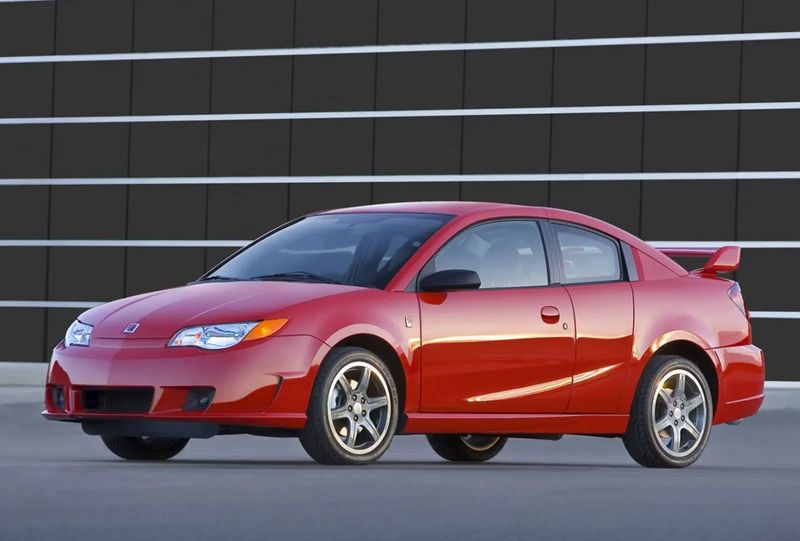
GM’s plastic-bodied Saturn brand made a bizarre pivot to performance with this supercharged oddity.
The Ion Red Line stuffed a supercharged 205-hp engine into Saturn’s economy car, creating a hot hatch that nobody asked for.
The center-mounted gauges confused drivers while the cheap interior reminded everyone of its budget origins.
Despite decent straight-line speed, the Red Line’s handling couldn’t match rivals like the Honda Civic Si.
13. Isuzu VehiCROSS: Space Oddity
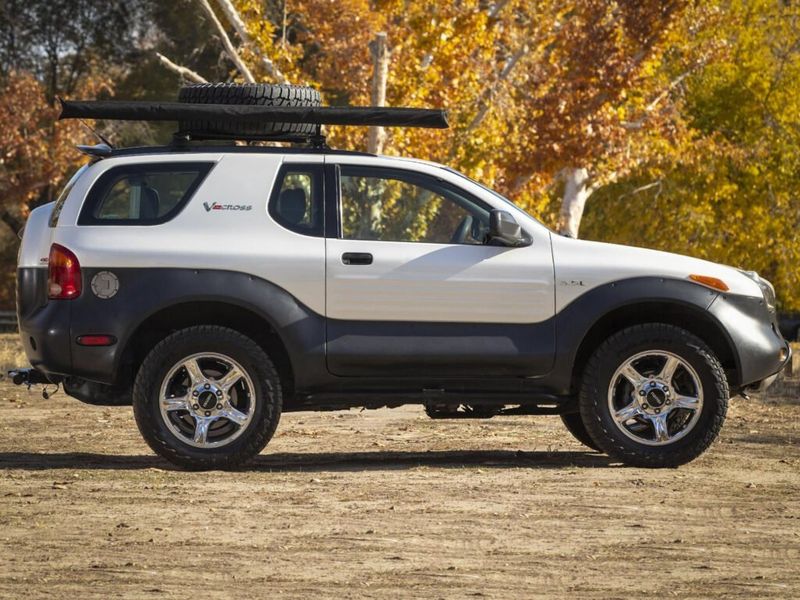
Looking like it drove straight off a sci-fi movie set, the Isuzu VehiCROSS remains one of the strangest production vehicles ever approved.
This futuristic off-roader featured thermoplastic body panels, a spaceship-inspired interior, and legitimate off-road capability when it arrived in 1999.
Despite its impressive performance, the VehiCROSS’s bizarre styling polarized buyers. The tiny rear window created dangerous blind spots, while the two-door configuration limited practicality.
Isuzu imported just 4,153 to America before discontinuation in 2001, making this automotive oddball a rare collector’s item today.
14. Honda Crosstour: Awkward Crossover Pioneer
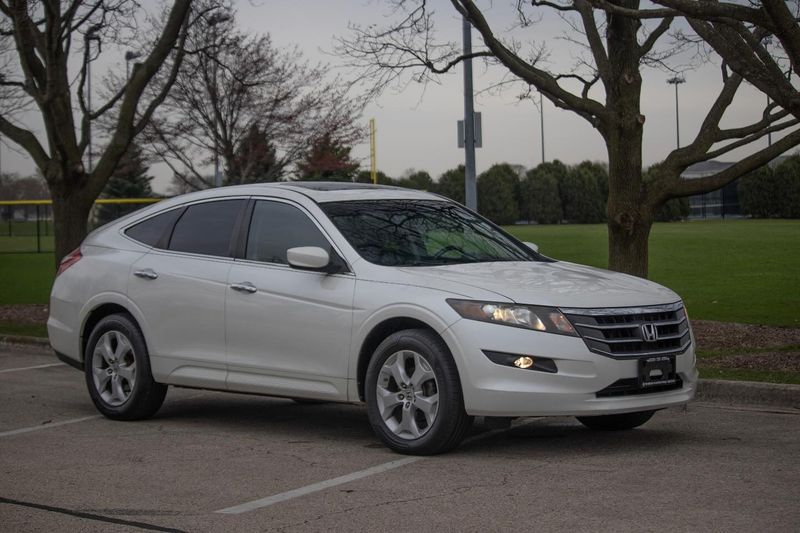
Honda’s attempt to create a new vehicle category resulted in automotive awkwardness personified.
The Crosstour, essentially an Accord with a hunchback, promised SUV versatility with sedan driving dynamics when it launched in 2010.
The sloping roofline murdered cargo space while the bloated styling pleased virtually nobody. Honda initially targeted 40,000 annual sales but barely moved half that number in its best year.
The Crosstour was discontinued in 2015, proving that sometimes being first in a segment isn’t an advantage if nobody wants what you’re selling.
15. Nissan Murano CrossCabriolet: Convertible Confusion
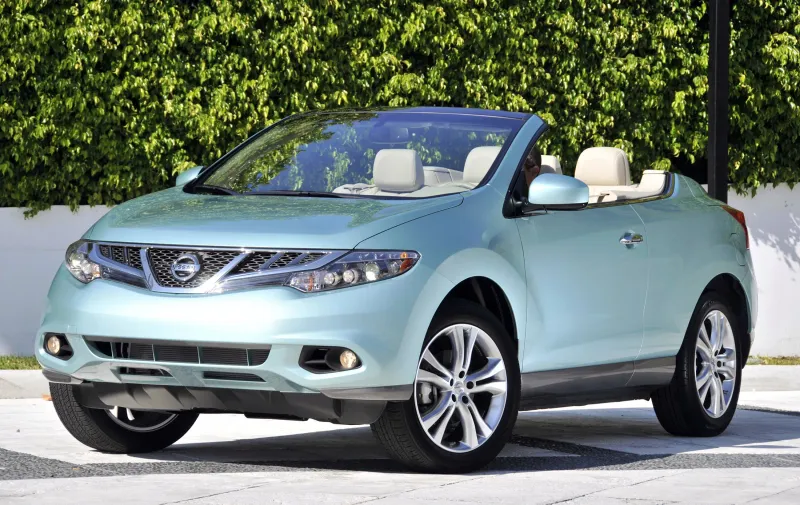
Some automotive experiments should never leave the lab. The Murano CrossCabriolet – the world’s first convertible crossover SUV – exemplifies what happens when nobody says “no” in product planning meetings.
Removing the roof from a mid-size SUV created structural challenges requiring extensive reinforcement, making this oddity both heavy and expensive at nearly $45,000.
The resulting vehicle combined the impracticality of a convertible with the poor handling of an SUV. Nissan mercifully discontinued this automotive chimera after just three years of dismal sales.
16. Renault Avantime: French Futurism Flop
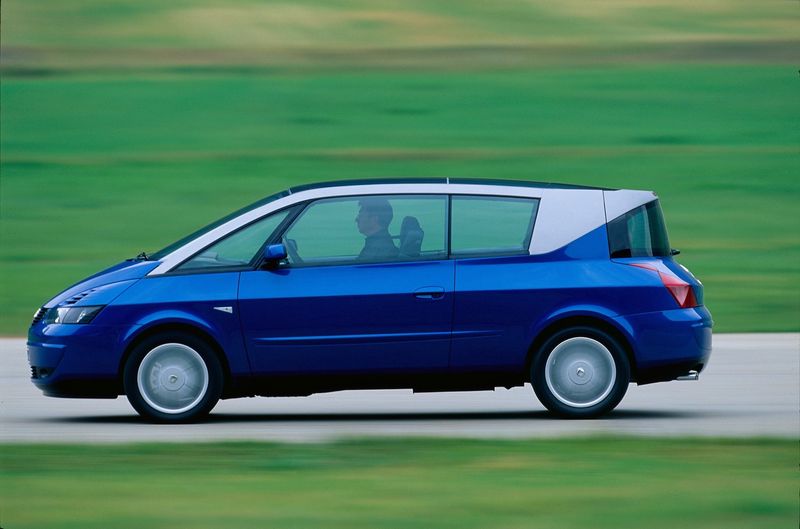
Leave it to the French to create something so avant-garde it defied categorization.
The Renault Avantime (literally “ahead of time”) was a two-door luxury MPV coupé with pillarless doors and a panoramic glass roof – a vehicle nobody asked for but Renault built anyway.
Launched in 2001, this architectural statement on wheels proved too weird even for French tastes. Renault projected 15,000 annual sales but built just 8,557 total before pulling the plug in 2003.
The Avantime was perhaps too ahead of its time – a bold experiment in automotive design that the market simply wasn’t ready for.
17. Peugeot RCZ: French TT Fighter
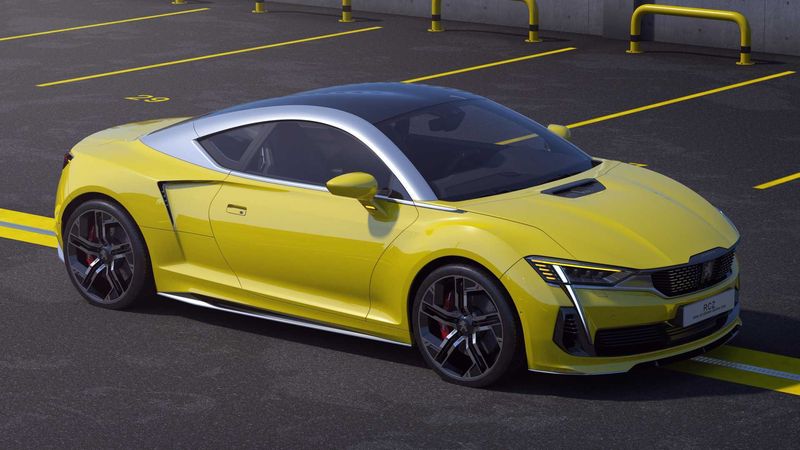
Gorgeous styling couldn’t save this French sports coupe from market indifference.
The Peugeot RCZ, with its double-bubble roof and aluminum arches, was unquestionably beautiful – a genuine head-turner in a segment dominated by the Audi TT.
Despite winning design awards and offering solid performance, the RCZ suffered from Peugeot’s limited global reach and brand prestige.
Launched during the economic downturn of 2010, this stylish coupe never gained traction in the crucial North American market.
Production ended in 2015 with no replacement planned, proving that sometimes beauty alone isn’t enough.
18. Alfa Romeo Brera: Beauty Before Practicality
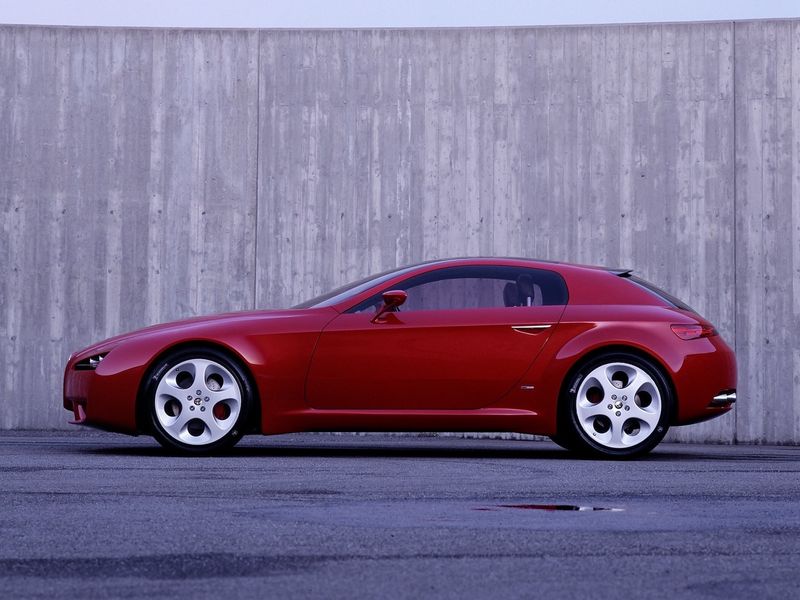
Jaw-dropping Italian design couldn’t compensate for fundamental flaws.
The Alfa Romeo Brera started life as a stunning Giorgetto Giugiaro concept car that somehow made it to production with its visual drama intact in 2005.
Unfortunately, Alfa built this beauty on a front-wheel drive platform with a heavy steel body, resulting in disappointing handling and performance.
The tiny rear seats and limited visibility made it impractical as a daily driver. Despite its show-stopping looks, the Brera’s driving experience couldn’t match rivals, leading to its discontinuation in 2010 after underwhelming sales.
19. Cadillac ELR: Volt Goes Upscale, Price Goes Upmarket

Wrapping Chevrolet Volt technology in a luxurious coupe body seemed logical until Cadillac revealed the price tag.
The ELR debuted in 2014 at a shocking $75,995 – more than twice the Volt’s cost despite sharing its powertrain.
That premium bought stunning design and a lavish interior but didn’t address the fundamental range limitations of the Volt platform.
Cadillac sold just 2,958 ELRs over three model years, despite desperate discounts exceeding $20,000.
20. Suzuki X-90: Miniature Misfit
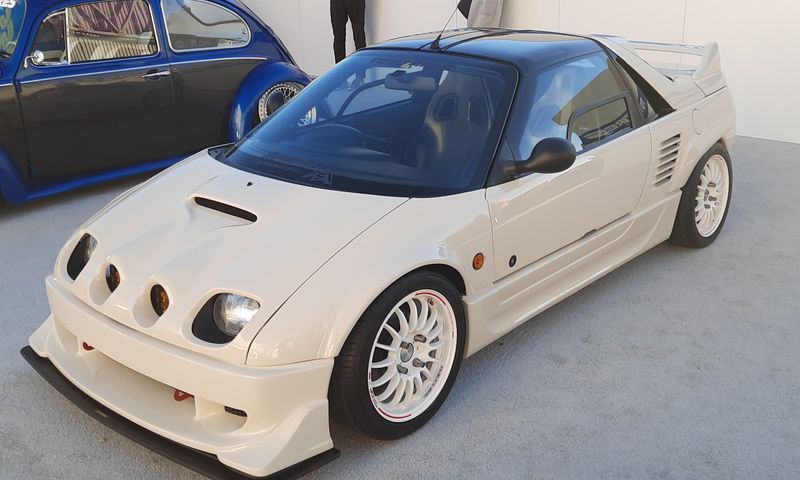
Part SUV, part sports car, all confusion. The Suzuki X-90 defied categorization with its tiny two-seater body, T-top roof, and modest off-road capability when it arrived in 1995.
Too small for families, too underpowered for sports car enthusiasts, and too limited for serious off-roading, the X-90 existed in an automotive no-man’s-land.
Most famously used as promotional vehicles for Red Bull, these quirky oddballs lasted just two years in the American market.
Suzuki sold fewer than 7,200 X-90s in the U.S. before pulling the plug, proving that sometimes being unique isn’t enough.
21. BMW Z8: Bond Car Blunder

Featured in “The World Is Not Enough” as James Bond’s ride, the BMW Z8 seemed destined for greatness.
This hand-built aluminum roadster featured a 400-hp V8 from the M5 and retro styling inspired by the classic 507 roadster.
Despite its impressive specifications and movie star status, the Z8 suffered from an identity crisis. Too soft for a sports car yet too impractical for a luxury cruiser, it satisfied neither demographic.
BMW planned to build 5,000 Z8s, with about half coming to America between 2000-2003. Today, they’re collector’s items – more appreciated in retrospect than they ever were in showrooms.
22. Volkswagen Phaeton
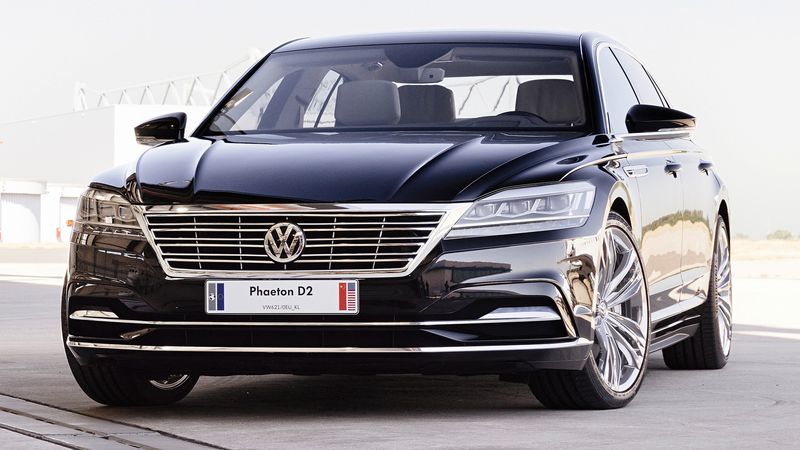
Volkswagen’s attempt to crash the luxury party raised eyebrows and little else. The Phaeton, personally championed by VW chairman Ferdinand Piëch, was engineered to ridiculous standards – it could maintain 186 mph in 122°F heat while keeping the interior at 72°F.
This engineering masterpiece suffered from one fatal flaw: a VW badge on a car priced alongside Mercedes and BMW flagships.
American sales were so dismal that VW pulled it from the market after just three years. The Phaeton proved that brand perception matters more than engineering excellence in the luxury segment.
23. Aston Martin Lagonda (1976)
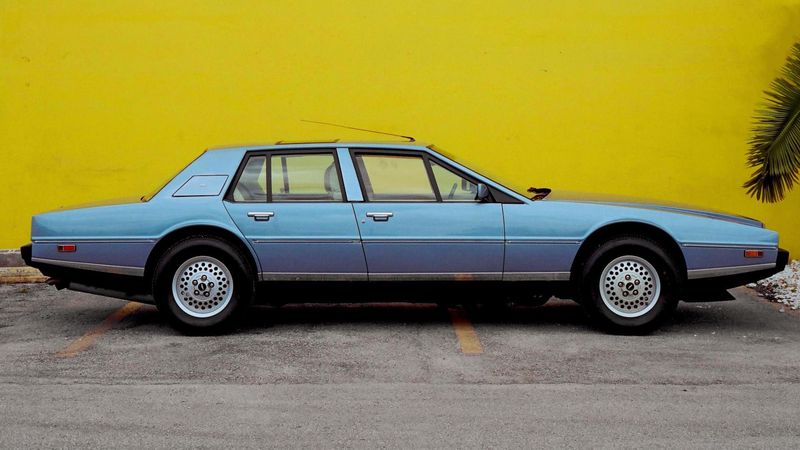
Straight lines and electronic ambition created one of the most distinctive luxury cars ever made.
The 1976 Aston Martin Lagonda shocked the automotive world with its razor-sharp styling and revolutionary (for the time) digital dashboard.
Unfortunately, those cutting-edge electronics proved catastrophically unreliable. The complex systems frequently failed, leaving owners with non-functioning dashboards and inoperative features.
Production delays and quality issues plagued the Lagonda throughout its 14-year run. Only 645 were built, with many spending more time in repair shops than on the road.
24. Tata Nano: World’s Cheapest Car, Costly Mistake
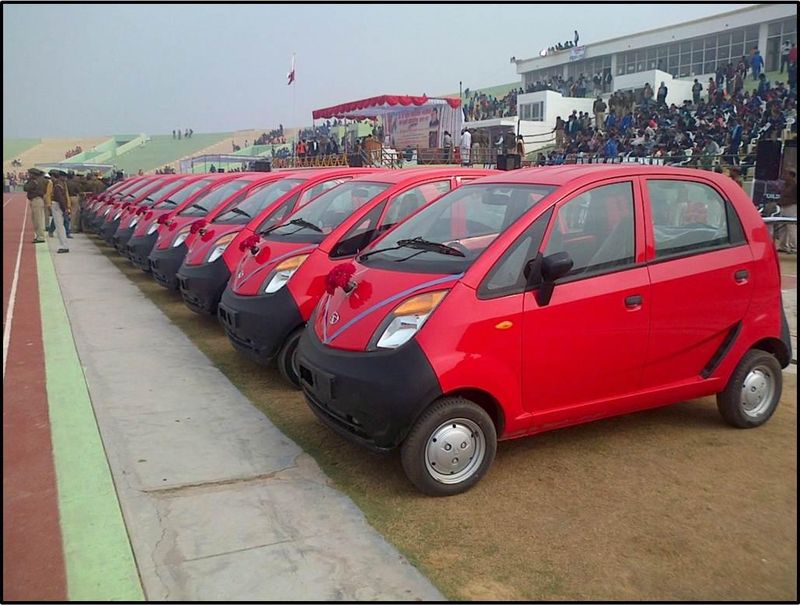
Revolutionary affordability doesn’t always translate to sales success. The Tata Nano, launched in 2008 as the world’s cheapest car at approximately $2,500, aimed to mobilize millions of Indians moving up from motorcycles.
Despite its breakthrough price point, consumers rejected the Nano, associating it with poverty rather than progress.
Safety concerns, quality issues, and several highly publicized fires damaged its reputation.
The final blow? The target audience preferred to save longer for more established models rather than buy what became stigmatized as the “poor person’s car.”
25. Ford Thunderbird (2002): Retro Revival Rejected
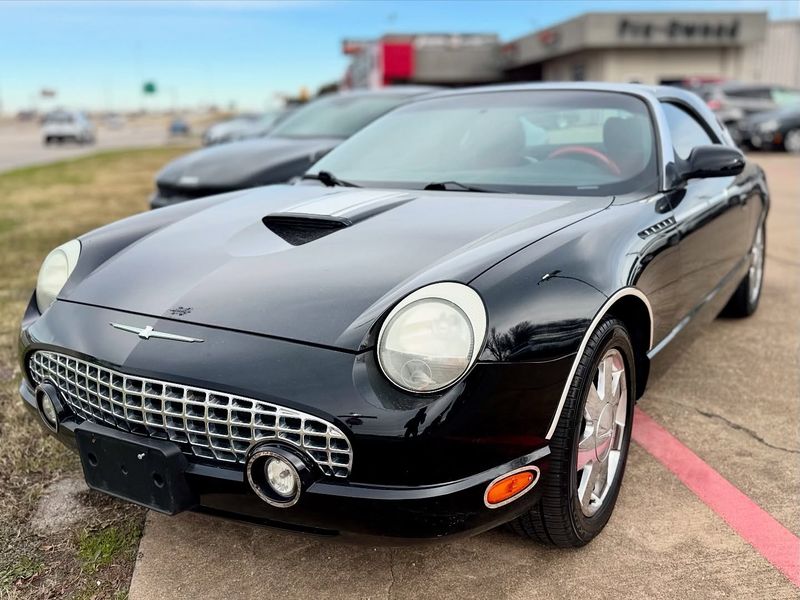
Ford’s attempt to capitalize on nostalgia fell flat with this modern interpretation of the classic Thunderbird.
The 2002 revival captured the original’s styling cues but missed its spirit, offering leisurely performance and questionable build quality at a premium price.
Initial excitement generated 25,000 orders, but interest quickly waned as buyers discovered its Jaguar-derived V8 delivered more noise than speed.
Interior plastics felt cheap for a $40,000 car, and reliability issues plagued early models.
Ford projected 25,000 annual sales but discontinued the Thunderbird after just three years, proving that nostalgia alone can’t sustain a product.
26. Chevrolet Volt (1st Gen): Revolutionary But Restricted
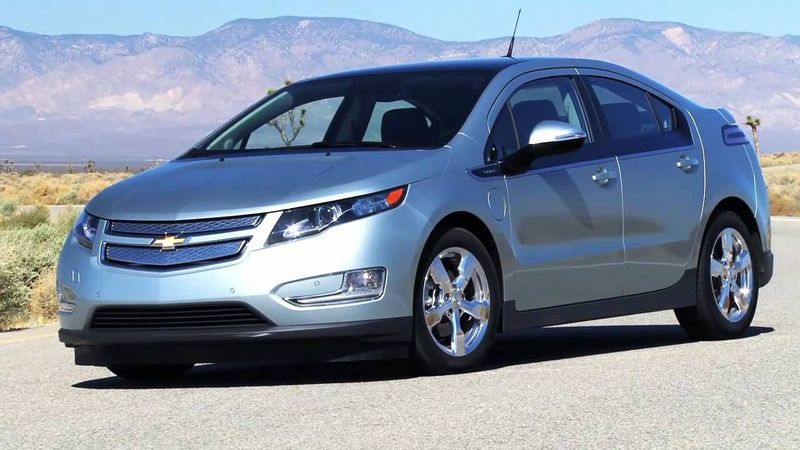
The Volt represented General Motors’ ambitious return to electric vehicles after the EV1 debacle.
This plug-in hybrid promised 40 miles of electric range before a gasoline generator kicked in, eliminating range anxiety while maintaining efficiency.
Despite technological innovation, the first-generation Volt suffered from limited passenger space, a high price tag, and political controversy after receiving government loans.
The complex drivetrain proved expensive to produce, costing GM an estimated $75,000 per vehicle initially.
27. Infiniti Q45 (3rd Gen): Bland Luxury
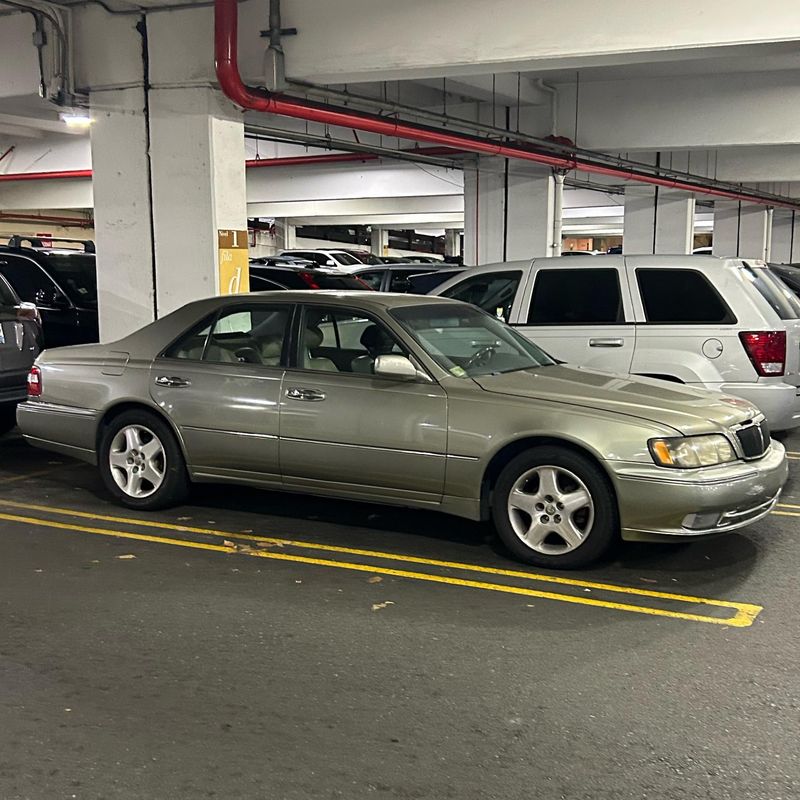
Infiniti’s flagship sedan lost its way completely by its third generation. The original Q45 debuted as a bold alternative to European luxury with unique styling and no traditional grille – a Japanese luxury car unashamed of its origins.
By the third generation (2002-2006), Infiniti had surrendered to convention with an anonymous design that could have worn any badge.
Sales plummeted to just 1,129 units in its final year, proving that becoming forgettable is the greatest sin in the luxury market.
28. Jeep Compass (1st Gen): Badge Without Backbone
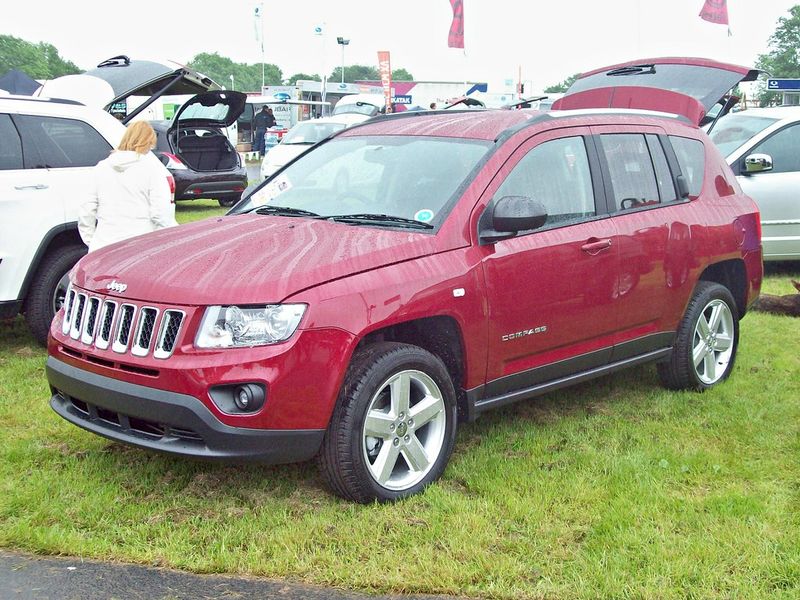
Jeep’s reputation for ruggedness took a serious hit with this crossover pretender.
The first-generation Compass, launched in 2007, was essentially a car-based crossover wearing Jeep styling cues – a sheep in wolf’s clothing that couldn’t handle much more than a dirt parking lot.
Cheap interior materials, underwhelming performance, and limited off-road capability alienated traditional Jeep enthusiasts. Consumer Reports ranked it among the least reliable vehicles in its class.
The Compass eventually found some success with budget-conscious buyers, but it damaged Jeep’s hard-earned reputation for authentic capability.
29. Saab 9-4X: Born Just Before Bankruptcy
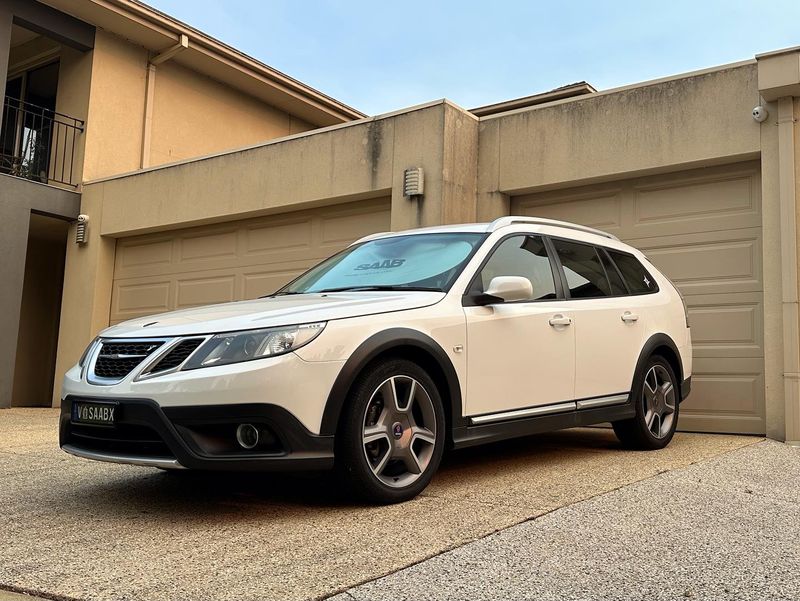
Arriving mere months before Saab’s bankruptcy, the 9-4X crossover became an instant automotive orphan.
Based on the same platform as the Cadillac SRX, this stylish SUV represented what could have been Saab’s salvation in the booming crossover market.
Production began in April 2011, but Saab’s financial collapse in December of the same year meant only 803 units were ever built. Most of these rare vehicles never even reached customers.
The 9-4X stands as perhaps the rarest modern production crossover, a footnote in Saab’s tragic ending rather than the lifeline it desperately needed.
30. Mercedes-Benz R-Class: Luxury Minivan Masquerade
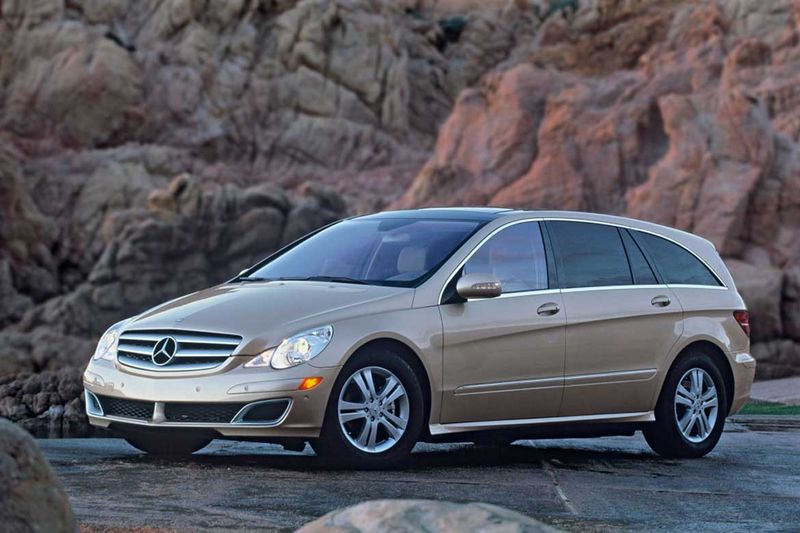
Mercedes-Benz created a vehicle nobody asked for with this six-passenger “Grand Sports Tourer.”
The R-Class, introduced in 2006, attempted to combine minivan practicality with SUV styling and car-like handling – a jack of all trades that mastered none.
Consumers found it too van-like for luxury SUV shoppers yet too expensive for minivan buyers. The awkward proportions didn’t photograph well in advertisements, making marketing challenging.
Mercedes hoped to sell 25,000 annually in the U.S. but barely moved 18,000 total over seven years. The R-Class lives on only in China, where chauffeur-driven executives appreciate its spacious rear seats.
31. Smart ForFour (1st Gen): Not-So-Smart Expansion

Smart attempted to grow beyond its tiny ForTwo with this conventional four-door hatchback.
The first-generation ForFour, built on a Mitsubishi platform, abandoned everything that made Smart unique – the distinctive safety cell, rear engine layout, and ultra-compact dimensions.
European buyers questioned why they should choose a rebadged Mitsubishi at premium prices when the original was available cheaper.
Production lasted just two years (2004-2006) before Mercedes pulled the plug after selling fewer than 135,000 worldwide – far below projections.
